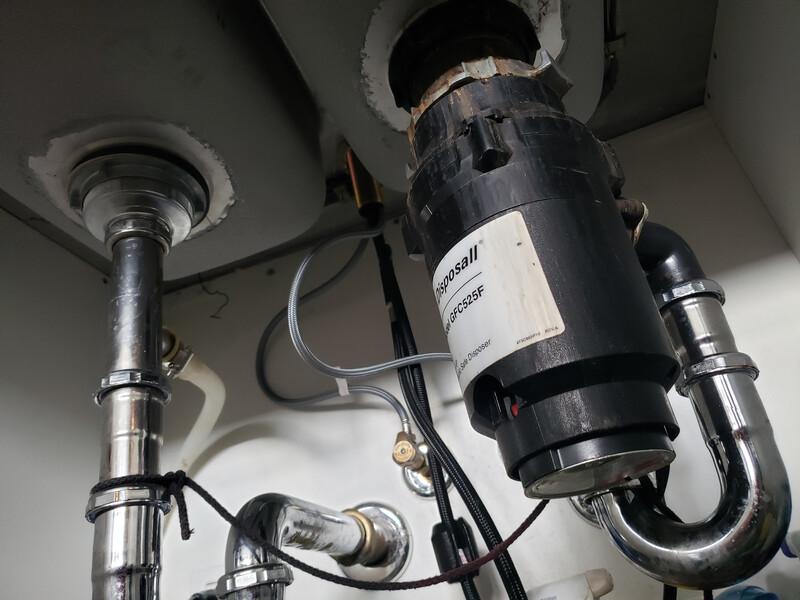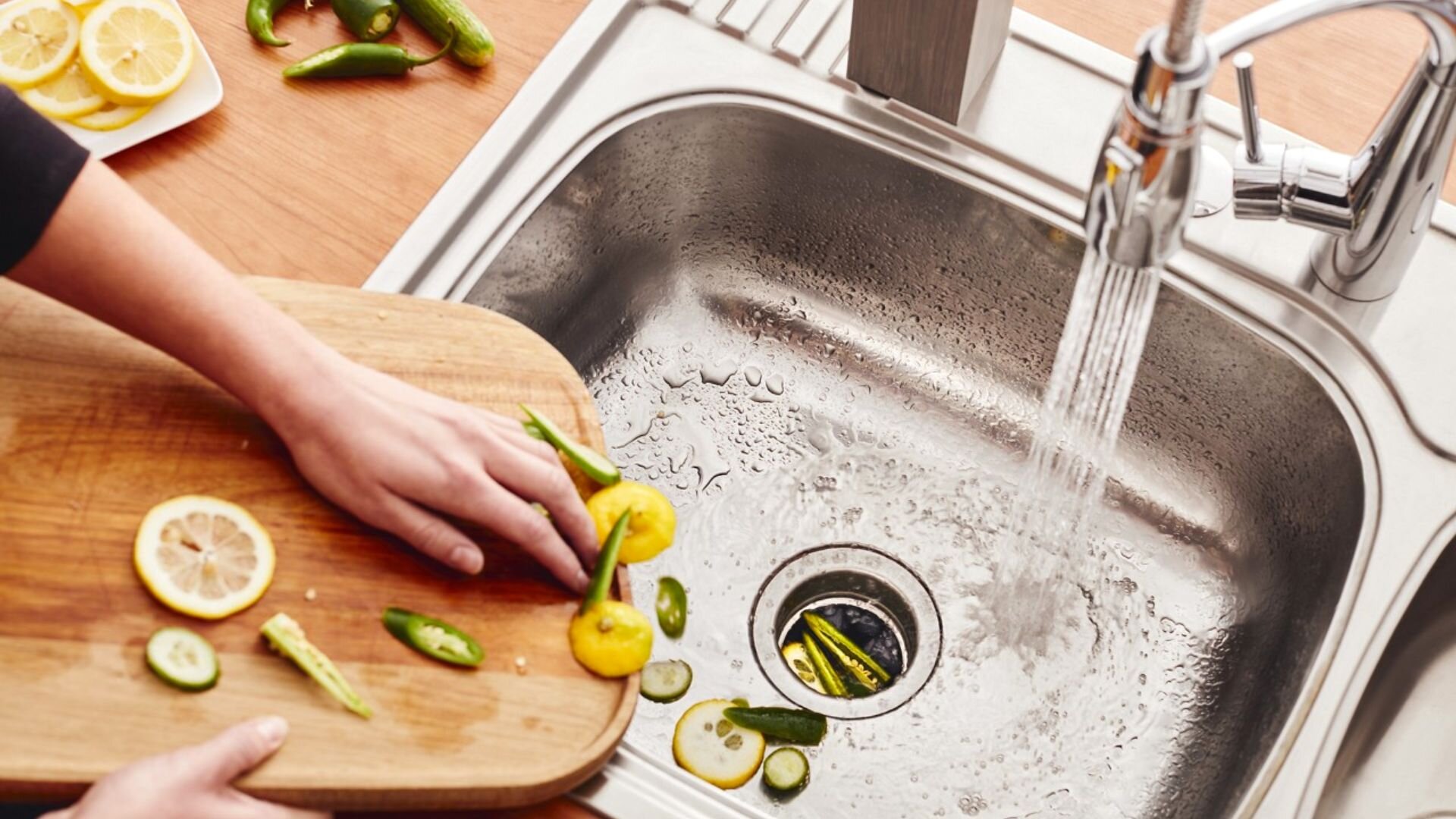Top Tips for Fixing a Leaking Waste Disposal Unit
Top Tips for Fixing a Leaking Waste Disposal Unit
Blog Article
Are you searching for help and advice around Tips on Fixing a Leaking Garbage Disposal?

Waste disposal unit are essential kitchen area appliances that help in throwing away food waste effectively. Nevertheless, a leaking waste disposal unit can be a frustrating and untidy trouble to manage. The good news is, many leakages can be taken care of quickly with a couple of basic actions. In this post, we will certainly review exactly how to fix a dripping garbage disposal effectively.
Intro
Waste disposal unit are installed under cooking area sinks and are designed to shred food waste right into smaller items, permitting it to travel through the plumbing system easily. While these gadgets are generally trusted, leakages can take place gradually due to wear and tear, loose links, or damage to the unit.
Step-by-Step Overview to Dealing With a Leaking Waste Disposal Unit
Switch off the Power
Before trying any repair work, guarantee that the power to the waste disposal unit device is switched off to avoid the threat of electrical shock.
Locate the Leak
Identify the precise area of the leak and establish the reason
Tighten up Connections
Make use of a wrench to tighten up any kind of loose connections between the disposal unit and the plumbing system.
Replace Seals or Gaskets
If the leakage is because of used seals or gaskets, get rid of the old elements and change them with new ones.
Patching Cracks or Holes
For cracks or openings in the disposal unit, usage epoxy or a suitable patching product to seal the broken location.
Recognizing the Resource of the Leakage
Prior to attempting to take care of a leaking waste disposal unit, it is essential to determine the source of the leakage. This can normally be done with aesthetic assessment or by performing basic examinations.
Visual Assessment
Inspect the garbage disposal device very carefully for any type of signs of water leak. Pay very close attention to locations around seals, gaskets, and connection factors.
Evaluating for Leaks
One method to evaluate for leakages is by running water with the disposal device and checking for any visible signs of leak.
Usual Reasons For Leaks in Trash Disposals
Worn Seals and Gaskets
Seals and gaskets play an important role in stopping water from leaking out of the garbage disposal. Over time, these components can degrade, causing leakages around the disposal device.
Loose Links
The links in between the waste disposal unit and the pipes system can become loose in time, triggering water to leak out throughout procedure.
Splits or Openings in the Disposal Unit
Physical damages to the garbage disposal, such as fractures or holes in the real estate, can also result in leakages.
Tools and Materials Needed for Taking Care Of a Dripping Garbage Disposal
Before beginning the repair work process, collect the needed devices and materials, consisting of a screwdriver, adjustable wrench, plumber's putty, replacement seals or gaskets, and epoxy or patching product for fixing splits or openings.
Testing the Waste Disposal Unit After Fixing
When the repair work is complete, check the garbage disposal by running water with it to make sure that the leak has actually been settled.
Preventive Upkeep Tips to Prevent Future Leaks
To stop future leakages, it is vital to perform routine maintenance on your garbage disposal. This includes keeping it clean, staying clear of placing non-food things or difficult objects down the disposal, and periodically checking for leakages or various other problems.
Verdict
Finally, taking care of a dripping waste disposal unit is a reasonably straightforward process that can be completed with standard tools and products. By adhering to the actions outlined in this short article and exercising preventative maintenance, you can keep your garbage disposal in good working problem and stay clear of pricey fixings in the future.
HERE’S HOW TO FIX YOUR GARBAGE DISPOSAL
WHAT TO DO IF SOMETHING IS STUCK IN YOUR GARBAGE DISPOSAL
If the impeller won’t turn, there’s probably something stuck in the disposal. It could be a steak bone or peach pit, although plumbers report pulling all sorts of inappropriate objects out of disposals, such as bottle caps or aluminum foil. Make sure power to the disposal is off, and look inside to see if you can see the source of the jam.
Never stick your fingers in a disposal. Pull out anything you see with tongs or pliers.
If the disposal still won’t work, it may be time to call a plumber or consider buying a new disposal. GEM Plumbing & Heating is here for all of your garbage disposal needs.
WHAT TO DO IF YOUR GARBAGE DISPOSAL DRAIN IS CLOGGED
Take everything out from underneath your sink and put a bucket or other container under your disposal to catch any water that drains out. Disconnect your disposal from the power supply. If it’s plugged into a wall outlet, unplug it. If it’s hardwired into an electrical box, go to the electrical panel and turn off the breaker for the disposal. Pour ¼ cup of baking soda into the drain, followed by ½ cup of white vinegar. Give the solution a few minutes to fizz and do its work. Look into the disposal with a flashlight to see if you can see an object that might be causing the clog. If you see it, remove it using tongs or pliers. MORE TIPS ON DEALING WITH A CLOGGED GARBAGE DISPOSAL
Never use drain cleaner in a garbage disposal. It can damage the plastic parts inside the disposal. You can also be splashed with the caustic liquid while working to clear the clog. Beware! Never stick your fingers into a garbage disposal. Trust us — not a good idea. In many instances, your dishwasher drains through your garbage disposal. This allows the disposal to grind any large food particles that may be drained out of your dishwasher. There are some jurisdictions, however, where the plumbing code prohibits such a connection. WHAT TO DO WHEN YOUR DISHWASHER DRAINS THROUGH THE DISPOSAL
Run some water in the sink so your plunger has at least a ½-inch of water to create a seal and plunge vigorously up and down several times. You may need to repeat this several times. Run hot water down the drain to clear any residue that remains.

Do you like reading about Why Is ? Leave a short review down below. We'd be glad to see your insights about this write-up. We are looking forward that you come back again in the near future. Appreciated our posting? Please share it. Let somebody else locate it. Many thanks for taking the time to read it.
Request Appointment Report this page